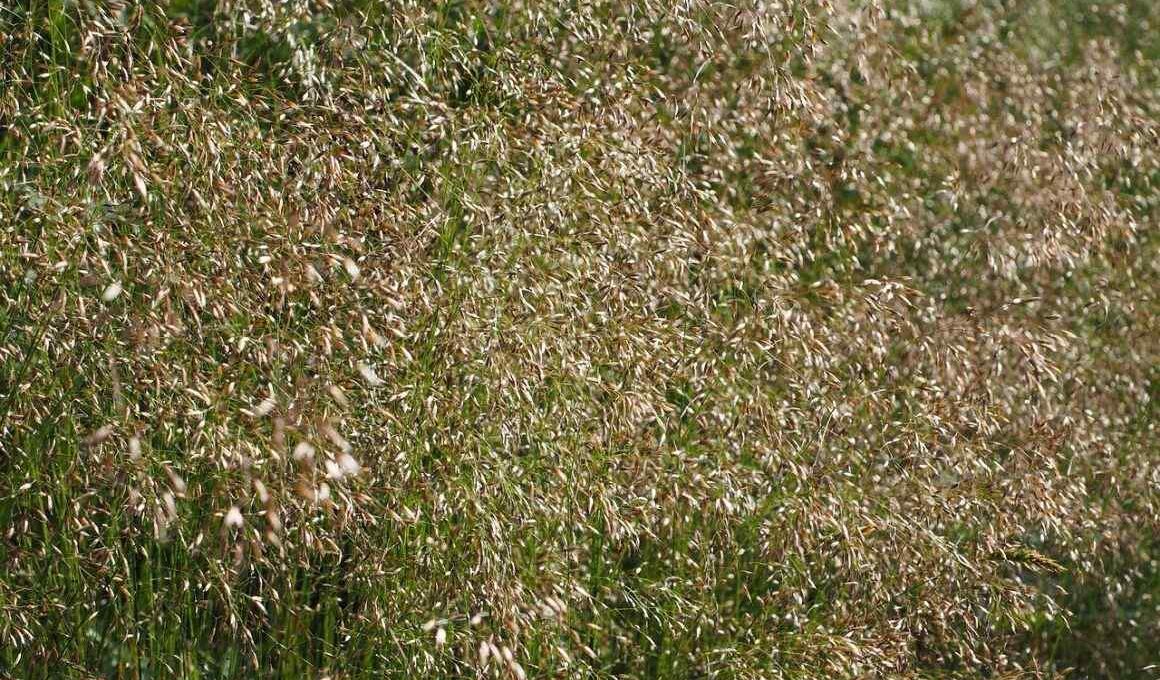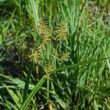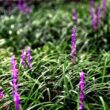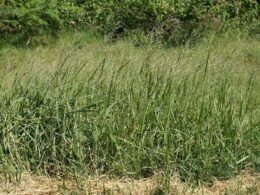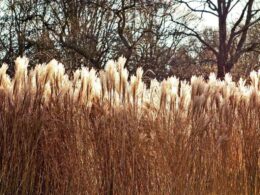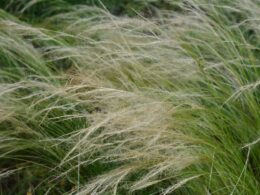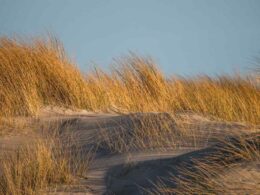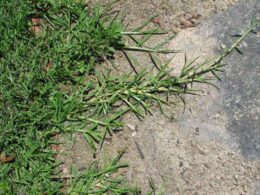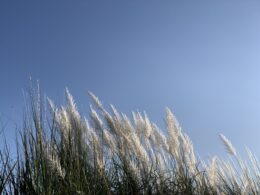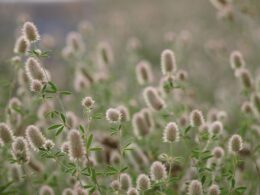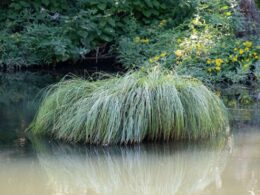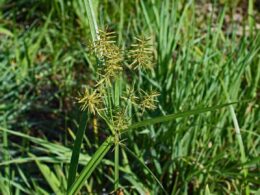What Is Bent Grass?
Bent grass, or Agrostis, is a type of turfgrass that is widely used for lawns and sports fields. This versatile grass has dense foliage that enables it to withstand heavy foot traffic, making it an ideal choice for use in high-traffic areas. In addition, bent grass can adapt to a wide range of soil types and temperature fluctuations, making it an excellent choice for cooler climates as well.
Bent Grass Habitat and Distribution
Bent grass can easily adapt to hot and dry conditions and handle periods of drought well. Because of these characteristics, bent grass has become one of the most widely distributed types of grass around the world. Perhaps its most noteworthy feature is its ability to recover quickly after being damaged by fire or heavily trampled by animals.
Common Varieties of Agrostis Lawns
There are many types of bent grass, each with its own unique set of benefits and drawbacks. Some varieties are better suited for golf courses, while others are more well-suited for residential lawns. Here are some of the most popular varieties of this widely distributed genus of plants.
Agrostis Capillaris (Common Bent Grass)
Agrostis Capillaris (Common Bent Grass) is a bent grass that is native to Eurasia. It has dense blades that are green and fine-leaved, giving it a soft feel as you walk on it. It’s also very hardy, so it will survive even in tough climates.
Agrostis Stolonifera (Creeping Bent Grass)
Creeping bentgrass spreads easily and doesn’t require much maintenance. It’s also fairly pest resistant, which makes it a good choice if you live in an area that has a lot of insects. It is longer than common bent grass. Creeping bent grass has been introduced throughout the world and is considered an invasive weed in some places.
Agrostis Canina (Velvet Bent Grass)
Velvet bent naturally occurs in nearly all of Europe and parts of Asia. Velvent bent grass is a perennial plant and has no rhizomes, but has stolons. It flowers late in the season, from May to July. It is not considered an invasive species in most areas where it grows; however, bentgrass can be a problem in some areas due to its fast growth rate and prolific seeding.
Care for Bent Grass
There are many types of grass, each with its own unique requirements for care and maintenance. The type of bent grass that is most commonly used on sports fields, for example, requires a specific combination of light, water, and nutrients in order to thrive. A key factor for bent grass is soil pH (usually slightly acid, pH raging from 6.0 to 6.8). In addition, bent grass must be mowed frequently in order to maintain a good appearance and ensure that the blades are sufficiently shaded from the sun.
Mowing
Bent grass is a type of grass that is well suited to creating lush, green lawns. It forms dense roots when planted, allowing it to become deeply embedded in the soil. Additionally, bent grass blades have a very fast growth rate and will be long and visible above the surface of the ground in as little as two weeks after planting. Mow bent grass to a height of 1/4 to 1 inch.
Watering
Maintaining a healthy lawn requires careful attention to watering schedules. For grasses in the Bent family, this means providing 1-1.5 inches of water per week. The best time to water is early in the morning, before the heat of the day has a chance to evaporate the moisture. Watering too late in the day can also be problematic, as wet grass leaves are more susceptible to disease. In addition, it is important to avoid overwatering, as this can lead to fungal growth and other problems.
Use of Bentgrass
Bentgrass is a highly versatile, fast-growing grass species that is commonly used for both athletic, golf course turf and putting greens. Due to its high density, bentgrass provides excellent support for heavy foot traffic and remains green throughout the year. It also has an extensive root system that helps to absorb important nutrients from the soil and anchor the plant firmly in place.





